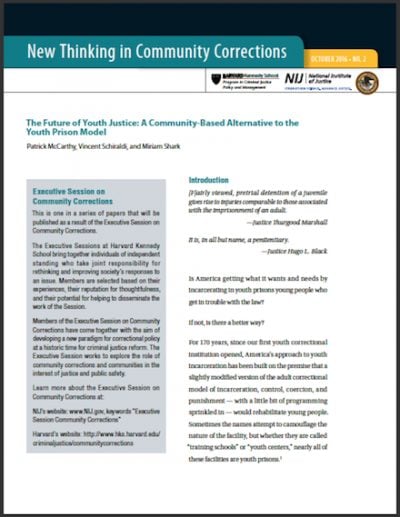Race Matters
Youth of color experience unjustly high incarceration rates. In New Hampshire, for example, black youth are 36.5 times more likely to be incarcerated than their white peers.

America’s longstanding youth prison model, which emphasizes confinement and control, exacerbates youth trauma and inhibits positive growth while failing to address public safety. This report delivers a clear and compelling call to close these youth prisons. It also introduces readers to an alternate model — rooted in a continuum of community-based programs — that aims to set all children on a pathway to success.
The research is clear: Youth prisons damage the very people they are supposed to help. To reorient this broken system, we must take four action steps. These are: 1) reduce the pipeline into youth prisons by at least half; 2) reform the culture that wrongly assumes locking up kids makes us safer; 3) replace youth prisons with a range of services that will really help kids; and 4) stop spending money on what doesn’t work and reinvest it in a community-based system that does.